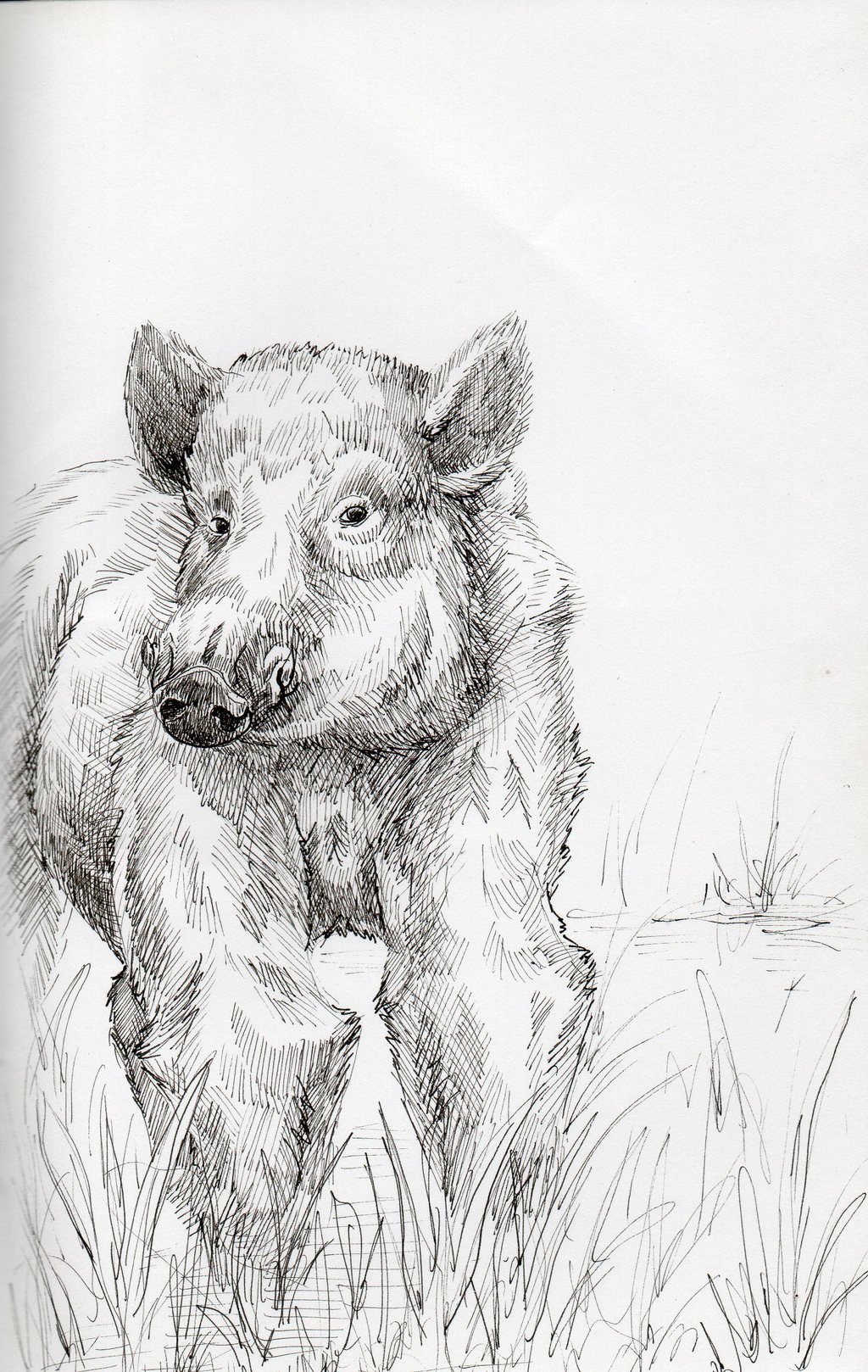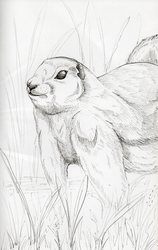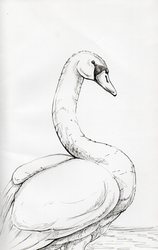Sign In
CloseTotem of the day is Boar! Meet the stressful situation or person in your life with confident, head-on tactics in order to find some sort of closure. In order to find peace, you must be willing to meet your fears and face them. This may also mean ending any procrastination that has kept you from finishing any projects. When boar shows, it can also signal moving into a time of growth and prosperity or the fair end of a confrontation or controversy. The Boar totem is known for it's connection to confronting fears, turning weaknesses into strengths, courage, and embracing our inner warrior. When Boar shows up, it can be a sign to us that we have the strength and courage to face any obstacle if only we accept ourselves and the resources available to us. The Norse God Freyr rode in a chariot pulled by boars. Boars are seen in mythology throughout the Norse, Greek, and Celtic tales. People who connect with Boar are able to make use of anything around them with a willingness to confront any sort of fear or negative situation. These individuals can often be stubborn with a habit of becoming aggressive when they feel trapped. This stubborn attribute can be a positive in helping them to remain persistent to reaching the conclusion of their goals.
Boars, Sus Scrofa, are omnivorous mammals that can live up to 20 years in the wild. They also go by the name Wild Pig and Wild Hog and are actually a species of Wild Pig that live throughout Europe, Asia, and north-west Africa. It is thought that there are four main subspecies of Boar, however, their ability to interbreed makes it hard to identify them. It is said that there are actually around 16 subspecies grouped into 4 main subspecies depending on where they are located. An adult boar can grow to approximately 40 inches in length and weigh over 300 lbs. A thick, double coat of fur covering these animals consists of a soft undercoat with a bristly, hard fur overtop. The fur along their back often grows longer than the rest of their body. This thick fur can range in colors from dark grey, black, brown, and red depending on the animal's location. Those in Eastern Europe are often more black while those in Western Europe range in browns. The four main subspecies are known by their locations: one in tropical jungles of India, south east Asia, and japan, another in only Indonesia, a third located through Europe, north-western Africa, and western Asia, while the third lives in northern Asia and Japan. These adaptable creatures enjoy a wide range of habitats from grasslands to jungles with a preference for deciduous forests with dense undergrowth. Although Boars have terible eyesight, they have a long snout that gives them an extremely strong sense of smell. Being nocturnal, they often sleep straight through the day, up to 12 hours, in thick piles of leaves. During the night, they will forage for food. The diet of a Boar consists primarily of plants such as berries, grasses, fruits, roots, and bulbs dug out of the ground with their powerful snouts and tusks. They will also favor nuts such as acorns for added protein before winter and will eat nearly anything that they can swallow. Scavenging other animal's prey can happen as well as eating eggs, worms, snakes, mice and lizards. Male boars are solitary animals, however, females are often more social. They will gather in groups called sounders with 6 to 30 breeding females and their young. Various groups will inhabit loose territories, however, do not usually intermingle. Male boars will come together for breeding season where they will compete for breeding rights. A female will create a comfortable nest made of leaves, moss, and grasses in a thick, dense area of underbrush to give birth. Each litter is between 4 to 6 babies called piglets. The mother will stay with her young to protect them from threats for the first few weeks. Piglets are a light brown color with cream and brown stripes down their back which help to hide them against the forest floor. These markings will fade around 3 or 4 months old after they have already begun to wander out of the nest to forage on small trips. By 7 months old, the piglets are fully independent with a reddish coat color that will darken to their adult color at around a year old.
Submission Information
- Views:
- 413
- Comments:
- 0
- Favorites:
- 0
- Rating:
- General
- Category:
- Visual / Traditional




